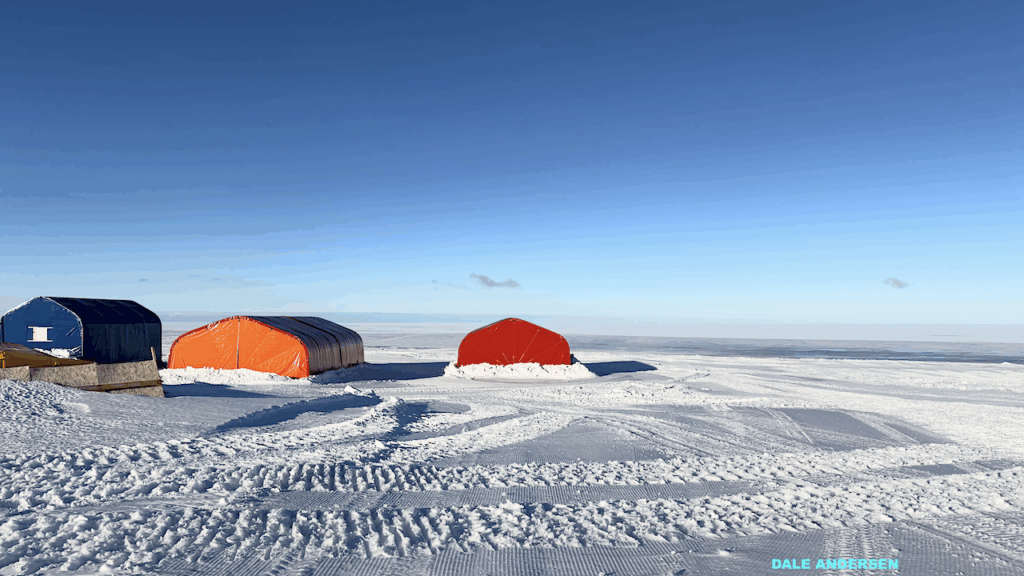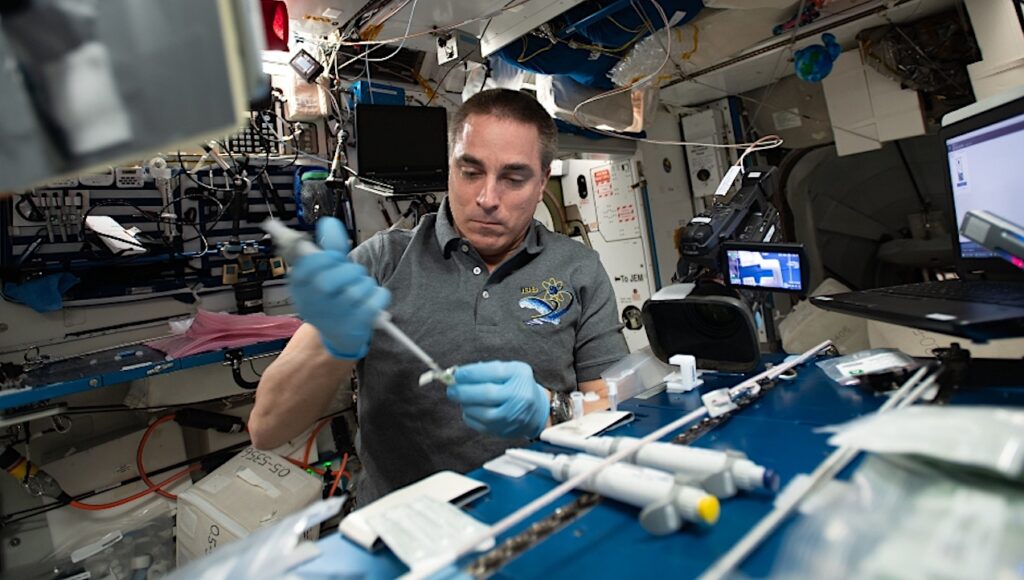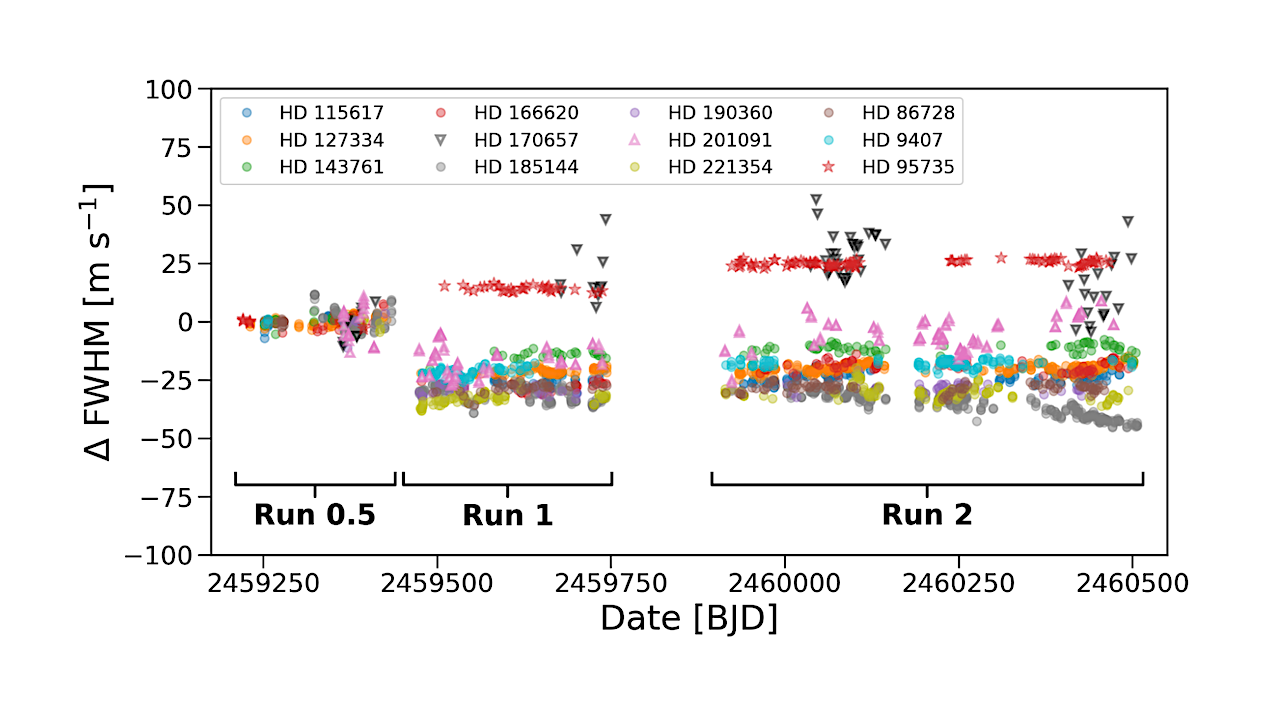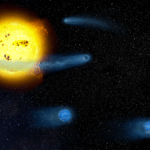Now Reading: Interstellar Dust Measured In Situ by Ulysses
-
01
Interstellar Dust Measured In Situ by Ulysses
Interstellar Dust Measured In Situ by Ulysses
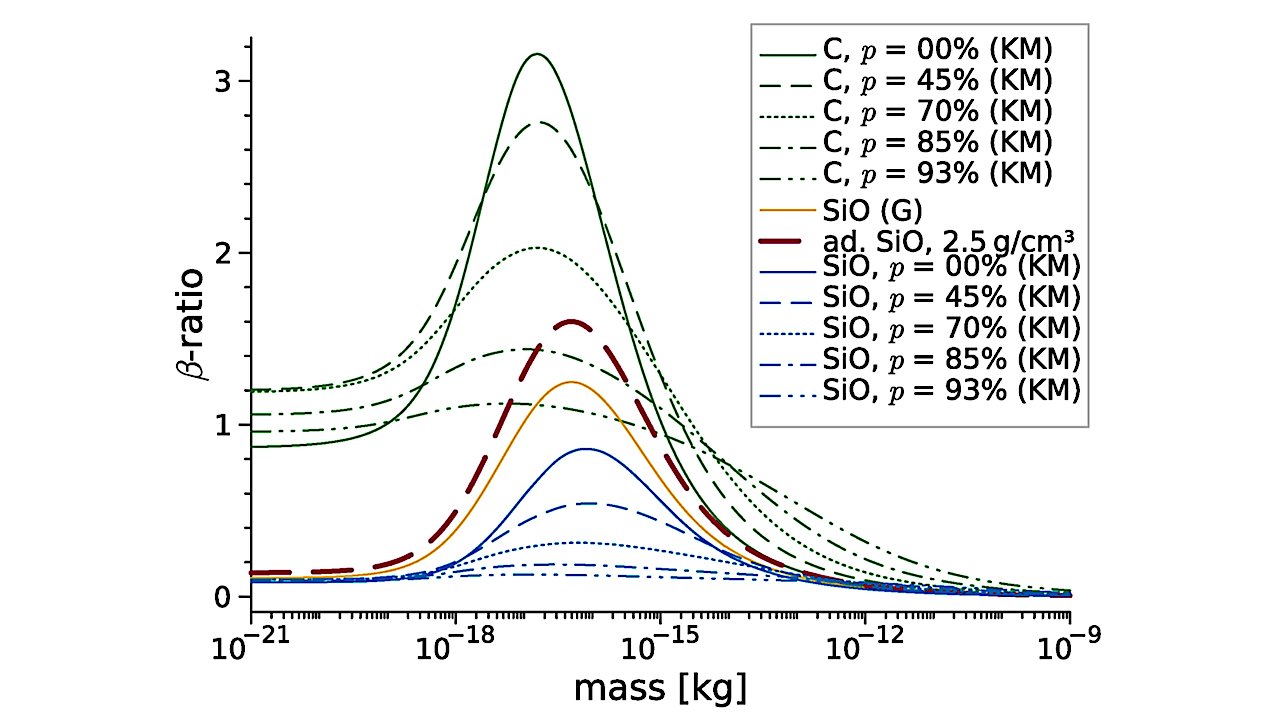
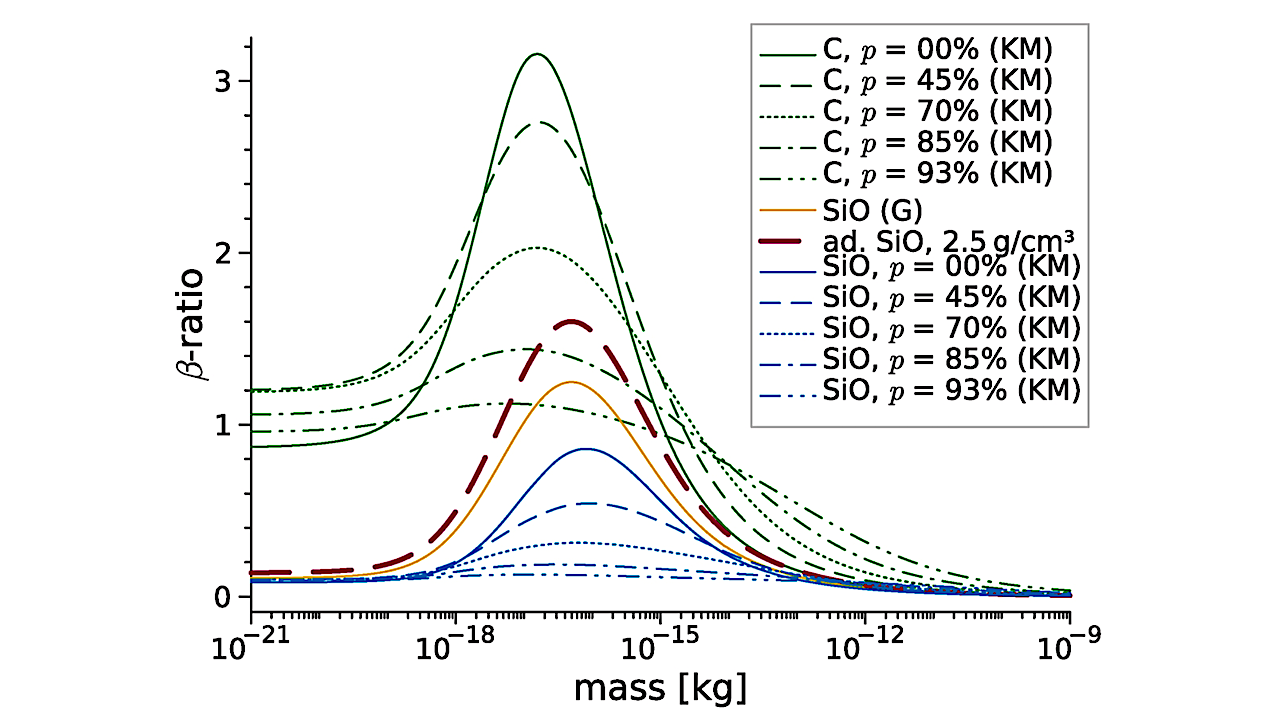
β-curves for amorphous carbon (‘C’, green lines, Kimura & Mann 1999), astronomical silicates (“SiO”, solid gold line, Gustafson 1994; and blue lines, Kimura & Mann 1999), and adapted astronomical silicates (“ad. SiO”) with an assumed dust density of ρd = 2500 kg/m3 (thick dashed maroon line; Sterken et al. 2012a). The β-curves of Kimura & Mann (1999) have porosities, p, ranging from 0% (compact particles) to 93% (fluffy particles), indicated by different line styles. (After Sterken et al. 2015, Fig. 2.) — Astronomy & Astrophysics
Impacts of interstellar dust (ISD) grains on the Ulysses spacecraft allowed for the first successful in situ measurement of ISD (Grün et al. 1993).
Long-term measurements of ISD with Ulysses and comparisons with numerical simulations (Landgraf 1998; Sterken et al. 2015) have since revealed previously unknown details of ISD. For example, Krüger et al. (2015) have analysed the ISD mass distribution in the Solar System and inferred the gas-to-dust mass ratio in the local interstellar medium (LISM), while Strub et al. (2015) have investigated the ISD time-variability due to the solar magnetic cycle and observed a change in the ISD flow direction in 2005–2006.
Ulysses’ orbit was highly inclined with respect to the Solar System’s ecliptic plane (Wenzel et al. 1992), in which interplanetary dust particles (IDPs) are predominant (e.g. Grün et al. 1997).
The spacecraft’s orbital plane was oriented almost perpendicular to the inflow direction of ISD. Because zodiacal dust predominantly moves on prograde orbits, it can be easily distinguished from ISD during the majority of Ulysses’ orbit. Only close to the spacecraft’s perihelion did the direction of motion of ISD coincide with the direction of motion of particles on prograde orbits (Strub et al. 2015).
Interstellar dust measured in situ by Ulysses: New aspects of the particle size distribution and its modulation by the heliosheath, Astronomy & Astrophysics (open access)
Astrobiology, Astrochemistry, Astronomy,
Stay Informed With the Latest & Most Important News
Previous Post
Next Post
-
 01From Polymerization-Enabled Folding and Assembly to Chemical Evolution: Key Processes for Emergence of Functional Polymers in the Origin of Life
01From Polymerization-Enabled Folding and Assembly to Chemical Evolution: Key Processes for Emergence of Functional Polymers in the Origin of Life -
 02Two Black Holes Observed Circling Each Other for the First Time
02Two Black Holes Observed Circling Each Other for the First Time -
 03How New NASA, India Earth Satellite NISAR Will See Earth
03How New NASA, India Earth Satellite NISAR Will See Earth -
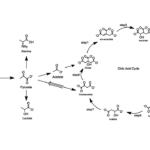 04Thermodynamic Constraints On The Citric Acid Cycle And Related Reactions In Ocean World Interiors
04Thermodynamic Constraints On The Citric Acid Cycle And Related Reactions In Ocean World Interiors -
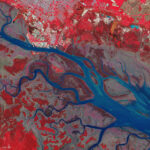 05Φsat-2 begins science phase for AI Earth images
05Φsat-2 begins science phase for AI Earth images -
 06Hurricane forecasters are losing 3 key satellites ahead of peak storm season − a meteorologist explains why it matters
06Hurricane forecasters are losing 3 key satellites ahead of peak storm season − a meteorologist explains why it matters -
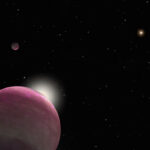 07Binary star systems are complex astronomical objects − a new AI approach could pin down their properties quickly
07Binary star systems are complex astronomical objects − a new AI approach could pin down their properties quickly














